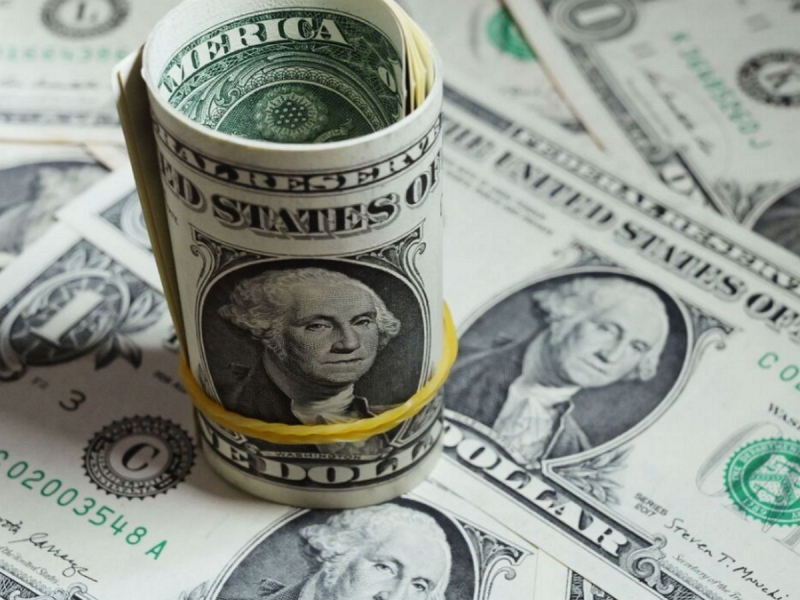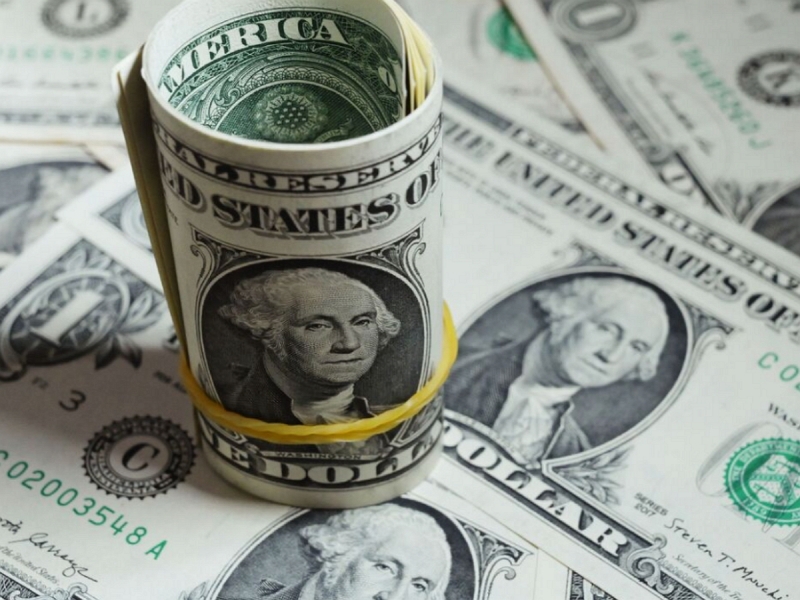
So far, the ruble is supported by an excess of foreign currency due to the expanded trade balance of the Russian Federation.
Recently, the ruble exchange rate against the dollar and other world currencies has strengthened. This became possible thanks to a number of measures taken by the Russian government, explained the chief analyst of Promsvyazbank Egor Zhilnikov in a conversation with PRIME.
The excess of foreign currency against the background of the expansion of the trade balance became possible due to restrictions on imports into the country.
In addition, the demand for the Russian ruble has increased, as an increasing number of countries (Bloomberg names 10 countries) make payments for Russian gas in rubles by opening accounts with Gazprombank.
And finally, the tax period against the background of the end of the winter season also formed the dollar supply.
The abolition of the Central Bank of the Russian Federation of currency control and the commission for the purchase of dollars at 12% also played a positive role.
However, the latter measure, according to the expert, may in the near future both increase foreign currency liquidity and reduce it.
As a result, the dollar can show both a rebound to the level of 75 rubles, and a further fall.
“Most likely, the trade balance in May will begin to narrow against the background of the recovery of imports into the country, as well as the correction of overheated prices in the energy market. This may well bring the ruble into more fundamentally sound ranges,” the expert believes.
In turn, Alexander Bakhtin, investment strategist at BCS World of Investments, also came to the conclusion that the ruble exchange rate next month will depend on the decisions of the Bank of Russia to ease currency controls, as well as external conditions.
However, already today the basic forecast shows the growth of the dollar against the ruble to 80-82 rubles immediately after the holidays in May.
At the same time, none of the options is favorable for Russia, since if the dollar exchange rate rises to 85-90 rubles or more, only inflationary pressure will show, and the strengthening of the ruble to 72 and below will damage the budget’s fullness.

